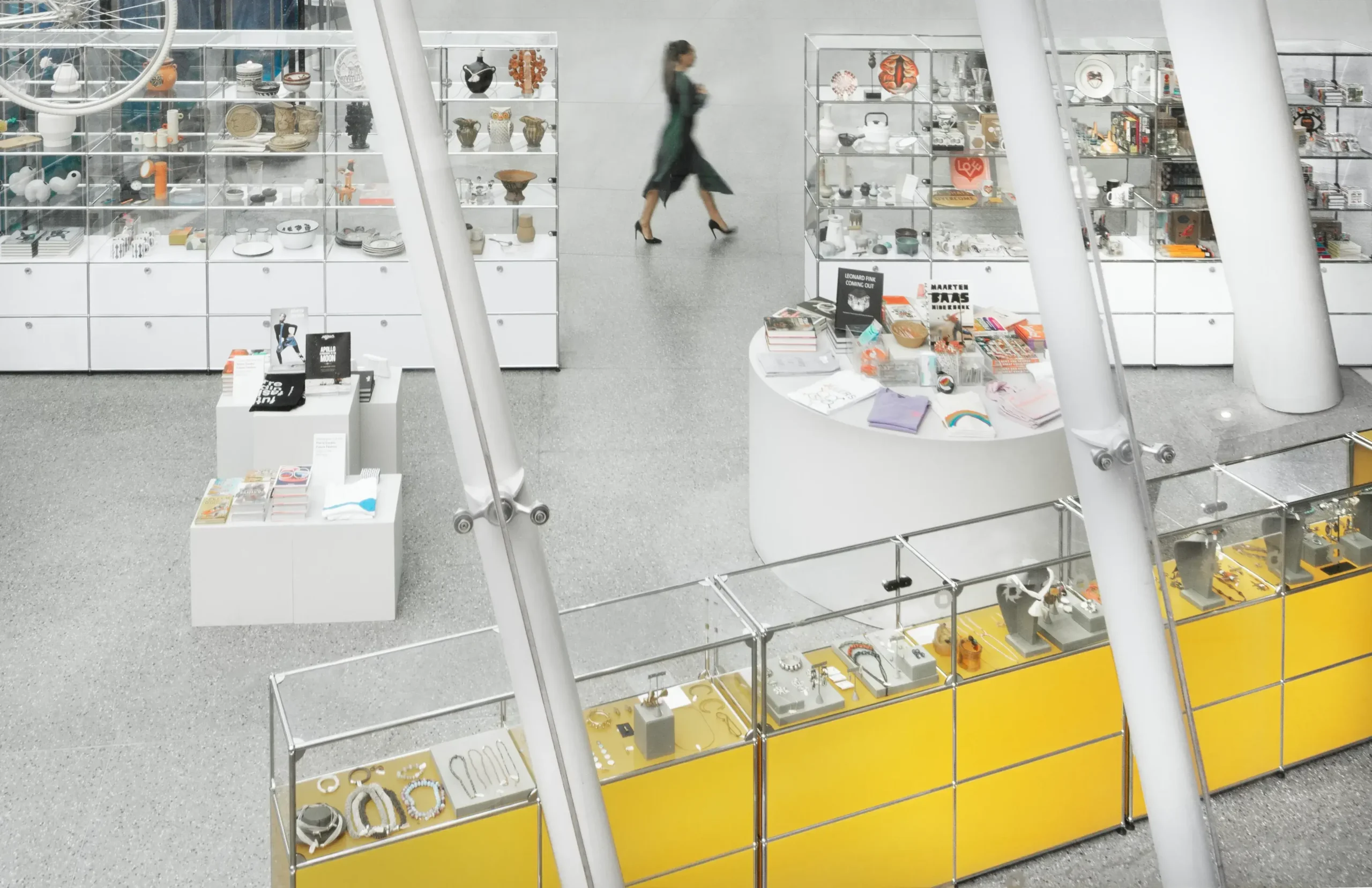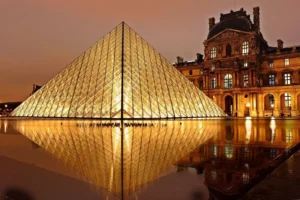
Blogs
How to Curate Furniture and Infographics for the Museum
Curating furniture and infographics for museums is a nuanced process that merges design, functionality, and technology to create spaces that captivate and educate visitors. The right choice of furniture and well-designed infographics not only enhance the aesthetic appeal of a museum but also improve its functionality and the visitor’s overall experience. In this article, we explore the best practices for curating museum furniture and designing impactful infographics while addressing the technical and engineering aspects involved in museum design. Additionally, we showcase how Peach Prime Consultancy can assist in creating innovative museum spaces.
Understanding the Role of Furniture in Museums
Museum furniture serves two critical purposes: providing comfort and functionality while enhancing the visitor’s engagement with the exhibits. It needs to support the museum’s design and accommodate the requirements of visitors. Key considerations when selecting furniture include:
- Aesthetic Integration: Furniture should blend seamlessly with the museum’s interior design and align with the themes of exhibits to create a unified spatial experience.
- Durability and Stability: Given the high volume of visitors, museum furniture must be durable and stable, able to withstand continuous use without compromising safety.
- Accessibility: The design of furniture should adhere to accessibility guidelines, ensuring all visitors, including those with disabilities, have an inclusive and comfortable experience.
Best Practices for Curating Museum Furniture
- Material Selection:
- Sustainable Materials: Opt for eco-friendly, sustainable materials that contribute to environmental conservation.
- Non-Reactive Surfaces: Choose materials that won’t negatively affect the artifacts on display by causing chemical reactions or degradation.
- Functional Design:
- Modularity: Consider modular furniture that can be adapted to changing exhibits, offering flexibility in layout and functionality.
- Ergonomics: Ensure that furniture, such as seating and interactive stations, is comfortable for visitors of various ages and abilities.
- Technological Integration:
- Interactive Installations: Incorporate cutting-edge technology, such as AI-powered exhibits and interactive VR games, to engage visitors and create immersive experiences.
- Digital Experience Centers: Design spaces equipped with interactive LED walls, holographic displays, and other digital installations to offer visitors innovative learning opportunities.

Designing Effective Infographics for Museums
Infographics play a crucial role in distilling complex information into easily digestible and visually appealing formats. To design effective and impactful infographics for a museum, consider the following:
- Clarity and Simplicity: Prioritize simplicity and clarity in design to ensure the information is easily understood by all visitors.
- Visual Hierarchy: Use varied font sizes, bold text, and color to emphasize key information and guide the viewer’s attention effectively.
- Consistency: Maintain a consistent color scheme, typography, and style that aligns with the museum’s branding and exhibits.
- Accessibility: Ensure infographics are accessible to everyone by using high contrast colors, readable fonts, and providing alternative text descriptions for visually impaired visitors.
Technical and Engineering Considerations
Designing museum furniture and infographics is not just about aesthetics. It involves several technical and engineering aspects to ensure the space is safe, durable, and functional.
- Structural Integrity:
- Load-Bearing Calculations: Ensure that furniture and displays can safely support the weight of artifacts and withstand visitor interactions.
- Material Engineering: Select materials that are engineered for durability, capable of enduring the high foot traffic and environmental conditions in museums.
- Environmental Controls:
- Climate Adaptability: Furniture and display cases should be designed to accommodate climate control systems, which help preserve delicate artifacts by controlling temperature and humidity.
- Lighting Design: Incorporate lighting that highlights exhibits without causing damage, carefully considering factors like UV exposure and heat emission to protect artifacts.
- Safety Compliance:
- Fire Safety Standards: Ensure that materials used are fire-retardant and meet local fire safety regulations.
- Seismic Considerations: For museums in earthquake-prone regions, design furniture and installations that can withstand seismic activity.

At Peach Prime Consultancy, we specialize in the design and planning of museum spaces that incorporate furniture and infographics to enhance the visitor experience. Our services include:
- Comprehensive Design Solutions: We offer end-to-end design services, from concept to execution, customized to meet the specific needs of your museum.
- Collaborative Engineering Team: Our team of experts collaborates to ensure that all technical and engineering aspects meet the highest standards for safety and functionality.
- Innovative Installations: We integrate cutting-edge technologies such as AI-powered exhibits and VR games to create an interactive, immersive environment for visitors.
- Content Curation and Production: Our team helps with content curation, AV content development, and creating thematic exhibits that captivate and educate.
- Accessibility and Inclusivity: We ensure that all designs and materials are accessible to a wide range of visitors, promoting an inclusive and engaging environment.

Partnering with Peach Prime Consultancy helps transform your museum into an engaging, educational, and immersive space. We focus on curating functional, durable, and inspiring furniture and infographics, creating spaces that leave a lasting impact. Our innovative design practices and advanced technologies ensure your museum offers immersive learning experiences. Our services include comprehensive budget planning and cost estimation to ensure your project aligns with financial expectations, with a detailed breakdown of the total project cost.Whether you’re in Kathmandu, Pokhara, Lalitpur, Biratnagar, Bharatpur, Colombo, Kandy, Galle, Jaffna, Anuradhapura, Astana (Nur-Sultan), Almaty, Shymkent, Karaganda, Taraz, Bishkek, Osh, Jalal-Abad, Karakol, Naryn, Dushanbe, Khujand, Khorugh, Kulob, Panjakent, Ashgabat, Turkmenabat, Dashoguz, Mary, Balkanabat, Tashkent, Samarkand, Bukhara, Khiva, Andijan, Yerevan, Gyumri, Vanadzor, Vagharshapat, Hrazdan, Baku, Ganja, Sumqayit, Mingachevir, Shaki, Manama, Riffa, Muharraq, Isa Town, Hamad Town, Nicosia, Limassol, Larnaca, Paphos, Famagusta, Tbilisi, Batumi, Kutaisi, Rustavi, Zugdidi, Tehran, Mashhad, Isfahan, Shiraz, Tabriz, Baghdad, Basra, Mosul, Erbil, Kirkuk, Jerusalem, Tel Aviv, Haifa, or Beersheba, we’re ready to bring your museum vision to life.









